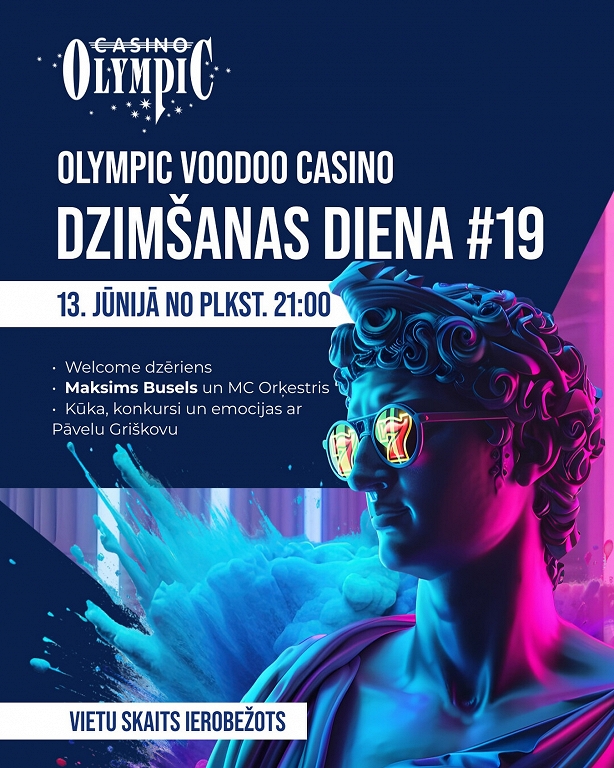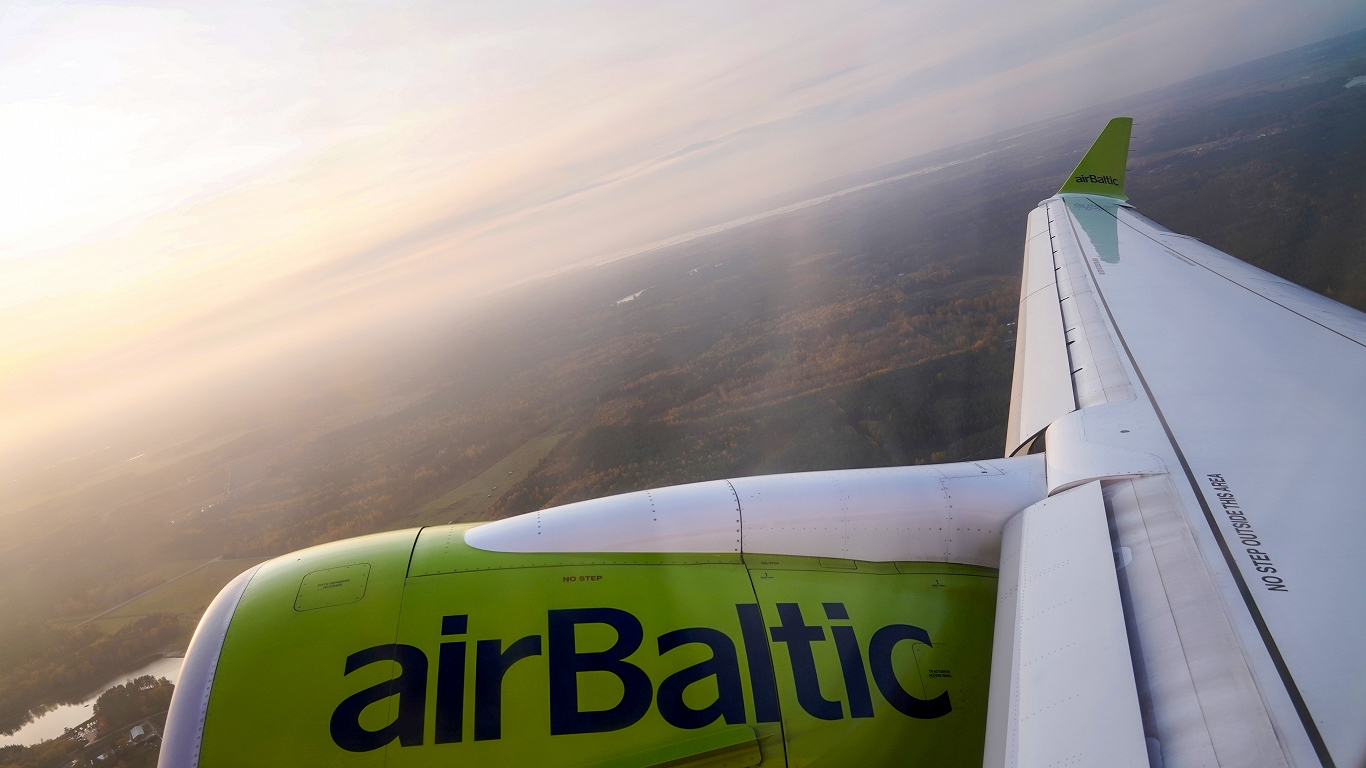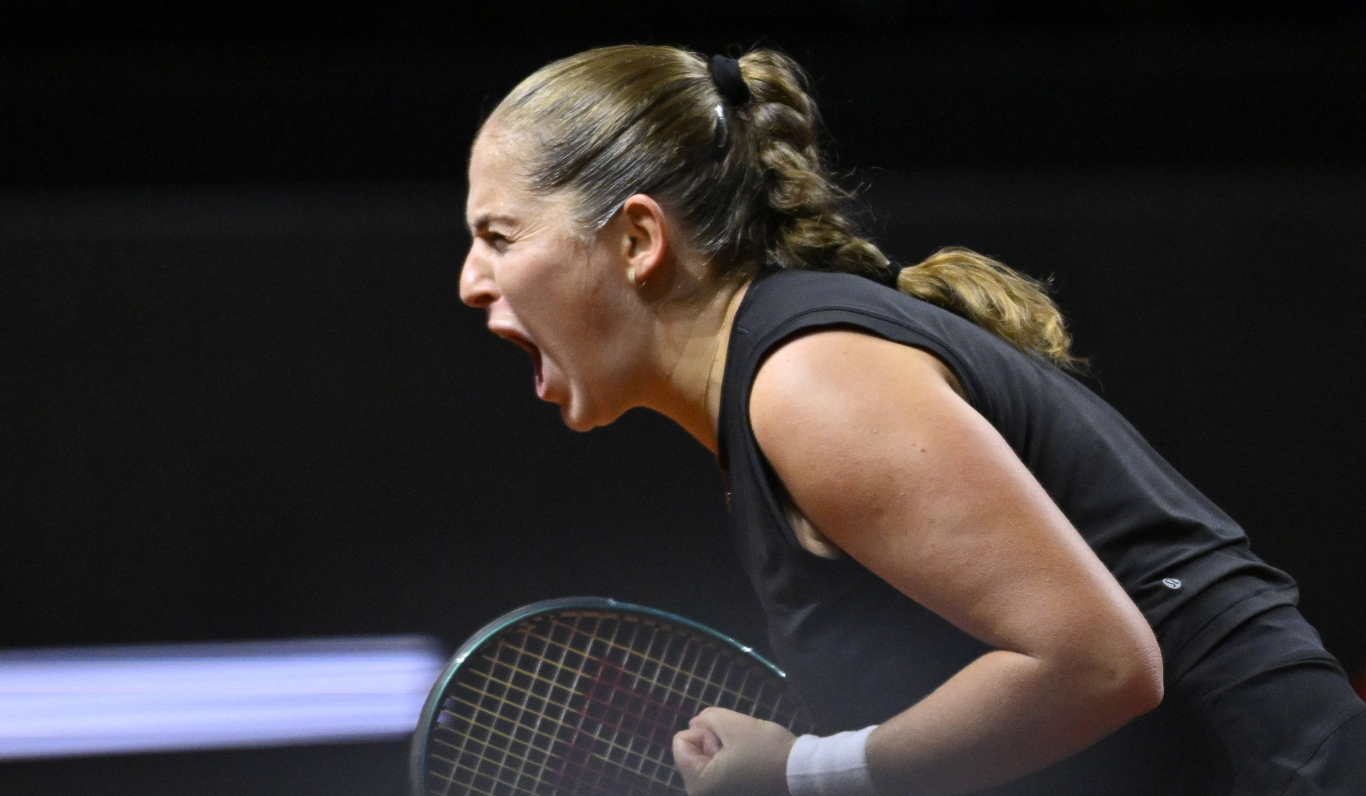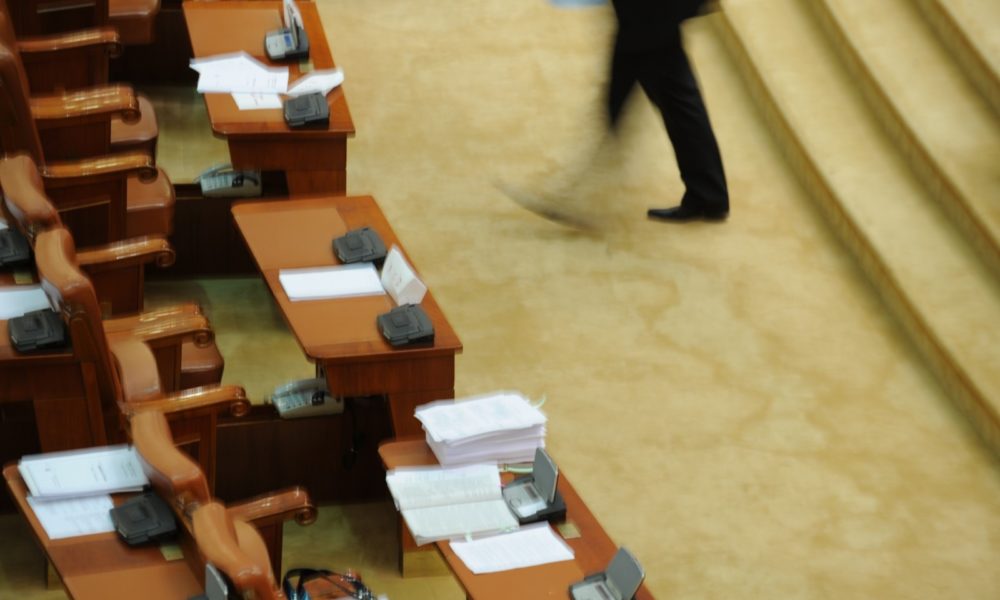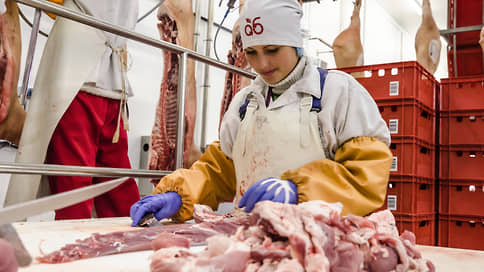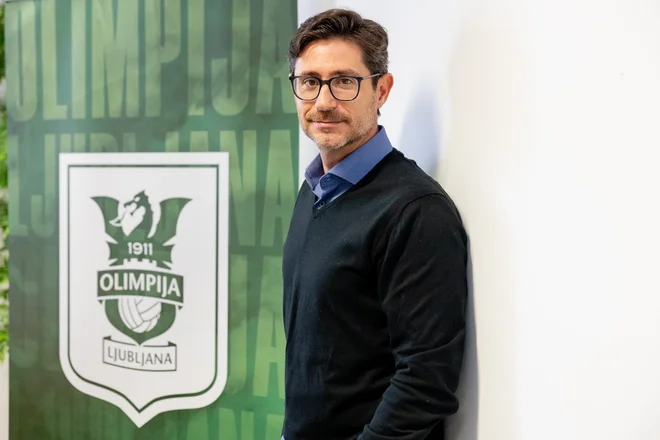In the European Capital of Culture, LNMM participates in the extensive 20-30. For years of realism at an exhibition / day
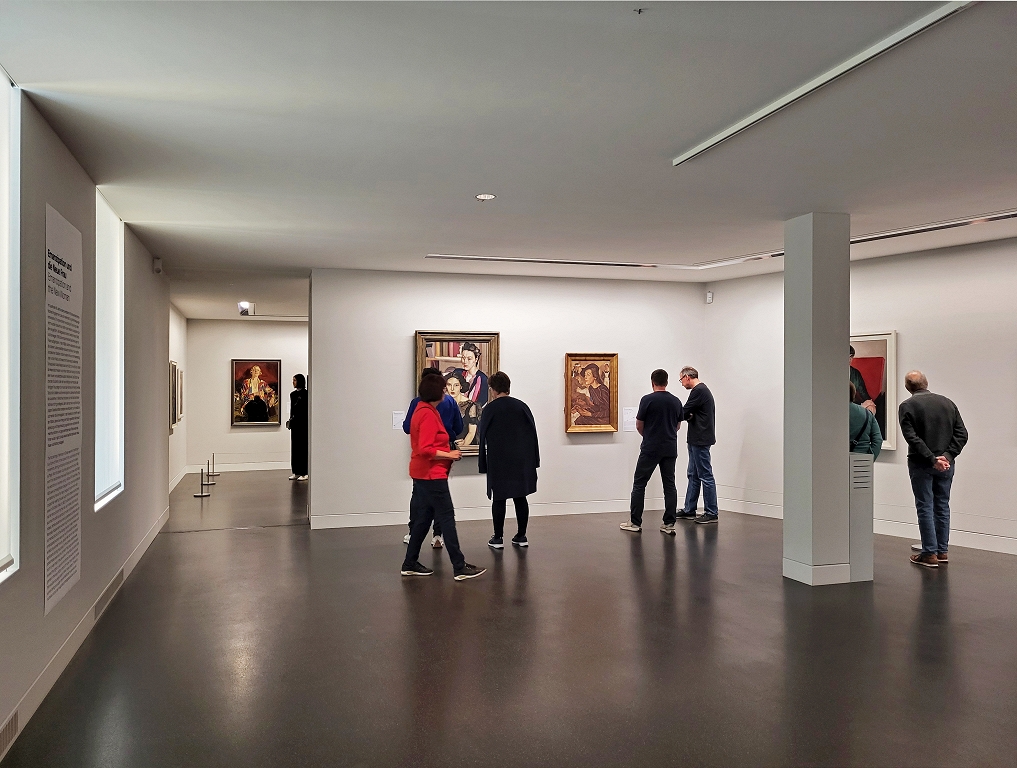
Exhibition European realities. 20s of the 20th and 30th centuries in Europe (European Realities. RealismBewEWEGEN DER 1920er und 1930er Jahre in European Realities. Realism Movement of the 1920s and 1930s in Europe) curator Anja Richter (Anja Richter) At the Guncenhauzer Museum (Museum Gunzenhauser) implement geographically and stylistically for the first time on such a large scale, an overview of the 20th -30th century. For years of diverse current current current. By linking the local tradition to the general European European, the ambitious exposition is designed as a symbolic continuation of German art historian and critic Gustav Friedrich Hartlauba (Gustav Friedrich Hartlaub) Hundreds of years ago, the famous exhibition of the new businessiness, which at that time at Mannheim and Dresden stopped in Kemnitz, the current Art Museum of Art in the Theater Square (Kunstsammlungen Am TheaterPlatz).
20-30 For years of realism, several names are given in parallel: Nuovo Realismo, Realismo Mágico, Pittura Metafisica, Novento, Neue Sachlichkeit, Magischer Realismus, Verismus, Nové Realismy and others. The phenomenon, which branched simultaneously on almost all of Europe, has many faces and roots in different countries. Only the influential paradigm of the realistic and neoclassical arts of France, Italy and Germany, which was determined by the post -war « return to order » (Retour à L’Ordre) and the revival of the classical tradition. Turning to the phenomena of less explored regions and centers, the curator emphasized the viewpoints and the selection of exhibits in the expensive interpretation of realism in the European dimension and purposefully complement the « white square » of women’s art history.
The research exhibition, gathering 300 works of art from 21 countries and involving 76 art institutions and private depositors, is intended as a European panorama that reveals as a transfer of ideas, communication networks and cross -border migration changed the world of art. On the four floors of the thematic section of the Museum, the four -floors of the Museum tell about the essential aspects and contrasts of interwares, including economic and cultural elevation, industry modernization, female emancipation and other social changes, « Golden Twenties » euphoria, fashion and sports, metaries and nightlife, post -war and world economic crisis.
Latvia is represented by nine German curator selected authors at this European Realism Parade – Alexander Belcova, Jānis Liepiņš, Ludolfs Liberts, Karlis Miesnieks, Janis Plase, Uga Skulme, Romans Suta, Sigismunds Vidbergs and Voldemārs Andersons. Of the 13 paintings and 3 drawings deposited by the Latvian National Museum of Art are mostly well -known works of the classics of this period, illustrating both local modernists’ focus on contemporary renewed realism and modernized neoclassicism and more traditional realism. Exposure arrangement brings uga sculms Self -portrayal (1926) together with George de Kiriko, leader of Italian metaphysical painting (Giorgio de Chirico) Self -portrait with mother (1922, Museo di Arte Modern ETOPEMORANEA DI TRento E Rovereto)Alexander Belcov Tennis players (1927) – with Parisian Marseille Gromer (Marcel Gromaire) genre composition Tennis by the sea (1928, Musée d’Art Moderne de Paris), There are also other unexpected and comparison encouraging meetings.
Exhibition European realities accompanied by Hirl’s publishing house (Hirmer Verlag) Catalog versions of German and English made by Anja Richtere and Florence Tourmesa (Florence Thurmes). The range of reproductions of a large edition (p. Habil. Art. Eduards Klavins’ insight into the trends in the development of Latvian classical modernism and realism in the interwar year in the social and political context. Has reached the first cover of the German -speaking edition, as one of the faces of the Kemnica joint exhibition, the international recognition is acquired by Karl’s butcher effectively portrayed Lady in a pajamas (1933).
The Guncenhauzer Museum is the newest of the Kemnica Museum of Art (Kunstsammlungen Chemnitz) to the unit. It is stored in Munich’s gallerist and art collector Alfred Guncenhauzer (Alfred Gunzenhauser, 1926-2015) Collection owned by the Guncenhauzer Foundation. With more than 3,000 works, 270 authors represented the collection, whose creative heritage covers 19-20. the turn of the century, expressionism, new business and abstract art, including one of the world’s largest Oto Dix (Otto Dix) Works for collections. The collection is located in the Kemnica former Krājbanka building, which was located in 1928-1930. German architect Fred Oto built a year in the style of new business (Fred Otto1883-1944), but according to the museum’s functions in 2007, the architectural firm was rebuilt Stab Architekten.

